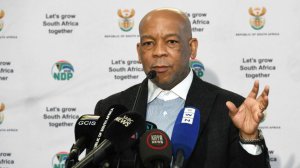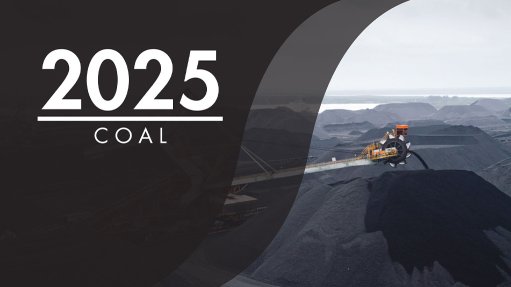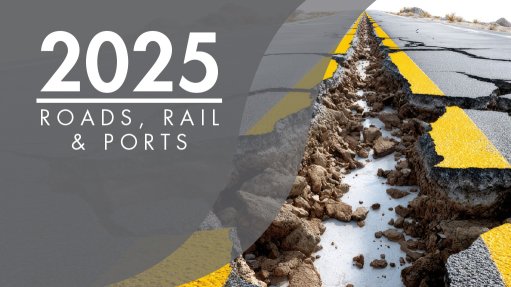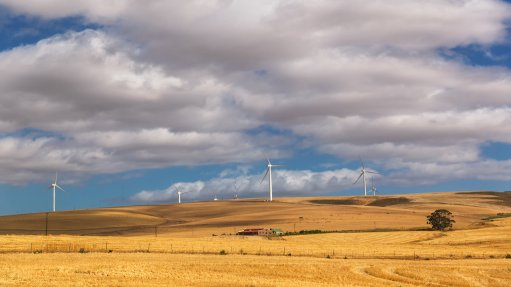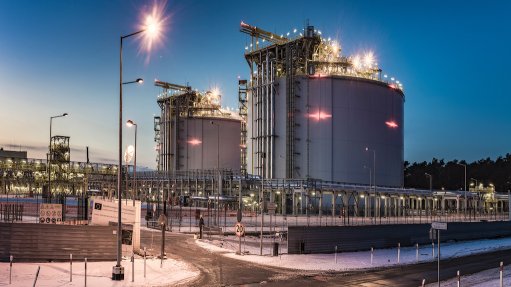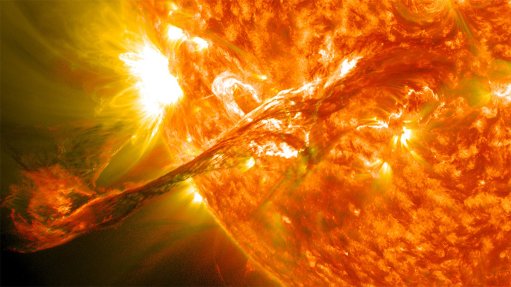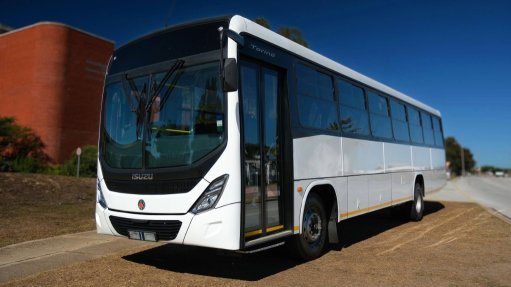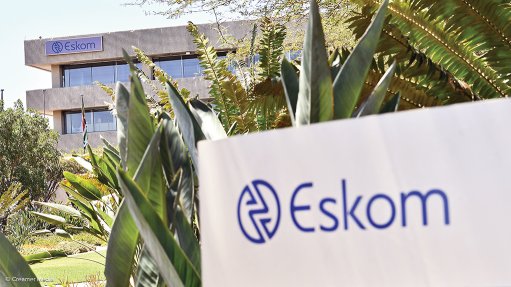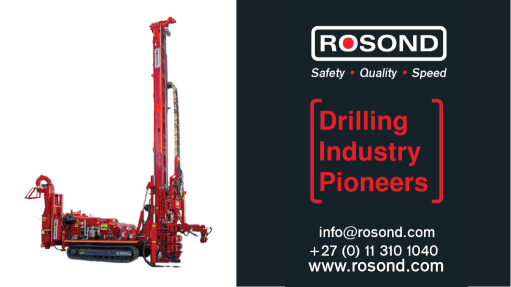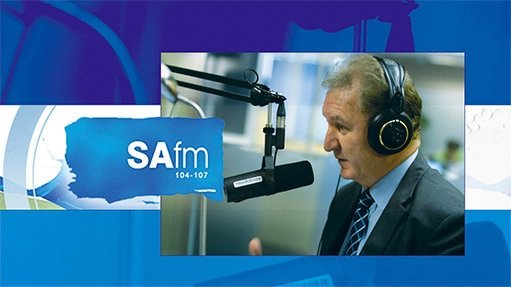DMRE moving with pace on nuclear determination amid mounting technoeconomic questions


Electricity and Energy Minister Dr Kgosientsho Ramokgopa will host a nuclear summit on September 12
South Africa’s Department of Mineral Resources and Energy (DMRE) expects to finalise nuclear-procurement consultations in the coming two to three months before approaching the regulator for its concurrence with a new Ministerial determination for the procurement of 2 500 MW of new nuclear capacity.
Electricity and Energy Minister Dr Kgosientsho Ramokgopa withdrew the Section 34 Ministerial determination he Gazetted in January ahead of a court hearing into whether the correct procedures had been followed prior to the National Energy Regulator of South Africa’s (Nersa’s) concurrence with the determination.
Legal action opposing Nersa’s concurrence on the basis of procedural irregularities was initiated by the Southern African Faith Communities’ Environment Institute and Earthlife Africa Johannesburg, and on August 16 Ramokgopa withdrew the determination after he concluded that there had indeed been insufficient consultation.
DMRE director-general Jacob Mbele told the Portfolio Committee on Electricity and Energy on September 4 that a new determination was being prepared and that public consultations would begin on September 12, when Ramokgopa was scheduled to host a ‘nuclear summit’.
Thereafter, various other stakeholder discussions would be held by the DMRE, which remained in place ahead of its separation into the Department of Electricity and Energy and the Department of Mineral Resources and Petroleum in line with the Government of National Unity’s new ministerial demarcations.
It is anticipated that Nersa will also be required to consult before providing any concurrence with the new determination, the publication of which is required before any public procurement programme can be undertaken.
Questions about the rationality of proceeding with a new nuclear build are likely to be raised during both consultation processes, particularly given that government and Eskom’s previous nuclear procurement attempts have been shrouded in controversy, geopolitical intrigue, allegations of corruption and unanswered questions about funding and affordability.
Technoeconomic opposition is also likely to be strong, given uncertainties around South Africa’s future electricity demand trajectory and the role that inflexible nuclear generators will play in the country’s evolving mix, which is beginning to shift from its current over-reliance on coal to higher levels of variable renewable energy.
The timing of the consultations ahead of the publication of an updated Integrated Resource Plan (IRP) for electricity is also certain to raise concern, particularly given that the 2 500 MW is included in an IRP 2019 that includes outdated demand and technology costs assumptions, including highly favourable cost assumptions for new nuclear when compared with costs emerging elsewhere in the world; a point highlighted by the Democratic Alliance’s Kevin Mileham during the meeting.
PARLIAMENTARY QUESTIONING
Several other technoeconomic issues were aired by members of the portfolio committee, with Mileham also questioning whether the department had conducted a cost analysis for nuclear under the likely scenario where the new power stations might load-follow far cheaper renewables generation and, thus, operate at lower-than-designed availability factors. He also cautioned about the threat of South Africa becoming a “guinea pig” for small modular reactor (SMR) designs that remained unproved commercially.
Economic Freedom Fighters’ Nazier Paulsen, meanwhile, questioned whether a nuclear new build was still feasible given the strain on the national fiscus. He also highlighted the risk associated with concluding a deal with a “a single vendor country, a single vendor company and a single vendor reactor design” to secure the economies of scale needed to reduce costs and stimulate localisation.
However, the uMkhonto weSizwe Party’s Brian Molefe, the previous Eskom CEO who resigned following the Public Protector’s State capture report, voiced strong support for the technology, although he raised questions about the appropriateness of South Africa’s current nuclear liability model.
Mbele indicated that South Africa’s policy remained supportive of nuclear as part of a mix of technologies and that the procurement model to be used would take account of the country’s fiscal realities and would, thus, rely on the user-pay approach that was also being used to support the procurement of renewables.
OWNERSHIP MODEL
No timeframe was given for the possible launch of a request for proposals (RFP), with deputy director-general for nuclear Zizamele Mbambo indicating that such a procurement process would arise only once Cabinet had decided on the ownership model.
The DMRE planned to present three ownership options, including one where Eskom held 100% of the equity, alongside two public–private partnership models: one where Eskom was a majority (51%) owner and operator and one where the cash-strapped State-owned enterprise was a minority partner, but maintained operator rights.
Government had also not made any firm technology or siting decisions, with Mbambo noting that five conventional pressure water reactor designs and 16 SMR designs had been submitted in response to the department’s 2020 request for information.
Only two of the SMRs submitted were operational as prototypes at the time of submission and while two had since entered into operation none of the technologies had been licensed outside of their countries of origin.
“Several vendors offered independent ownership models such as a build, own, operate or a build, own, operate and transfer,” Mbambo said.
“The three most preferred ownership models will be recommended to Cabinet for approval,” he added, without providing any timelines.
Article Enquiry
Email Article
Save Article
Feedback
To advertise email advertising@creamermedia.co.za or click here
Comments
Announcements
What's On
Subscribe to improve your user experience...
Option 1 (equivalent of R125 a month):
Receive a weekly copy of Creamer Media's Engineering News & Mining Weekly magazine
(print copy for those in South Africa and e-magazine for those outside of South Africa)
Receive daily email newsletters
Access to full search results
Access archive of magazine back copies
Access to Projects in Progress
Access to ONE Research Report of your choice in PDF format
Option 2 (equivalent of R375 a month):
All benefits from Option 1
PLUS
Access to Creamer Media's Research Channel Africa for ALL Research Reports, in PDF format, on various industrial and mining sectors
including Electricity; Water; Energy Transition; Hydrogen; Roads, Rail and Ports; Coal; Gold; Platinum; Battery Metals; etc.
Already a subscriber?
Forgotten your password?
Receive weekly copy of Creamer Media's Engineering News & Mining Weekly magazine (print copy for those in South Africa and e-magazine for those outside of South Africa)
➕
Recieve daily email newsletters
➕
Access to full search results
➕
Access archive of magazine back copies
➕
Access to Projects in Progress
➕
Access to ONE Research Report of your choice in PDF format
RESEARCH CHANNEL AFRICA
R4500 (equivalent of R375 a month)
SUBSCRIBEAll benefits from Option 1
➕
Access to Creamer Media's Research Channel Africa for ALL Research Reports on various industrial and mining sectors, in PDF format, including on:
Electricity
➕
Water
➕
Energy Transition
➕
Hydrogen
➕
Roads, Rail and Ports
➕
Coal
➕
Gold
➕
Platinum
➕
Battery Metals
➕
etc.
Receive all benefits from Option 1 or Option 2 delivered to numerous people at your company
➕
Multiple User names and Passwords for simultaneous log-ins
➕
Intranet integration access to all in your organisation


